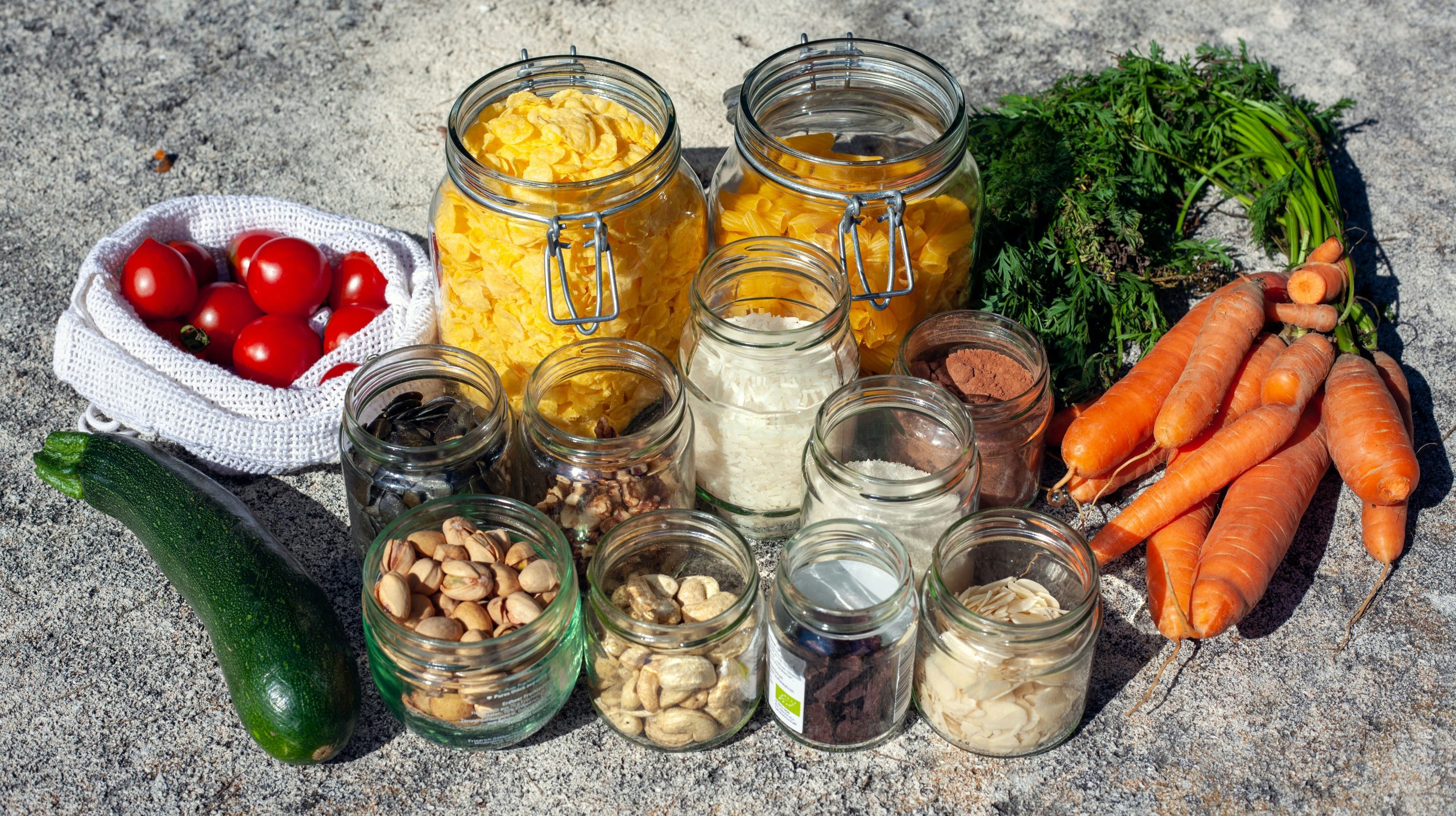A Quick Overview
Making homemade bread can be a rewarding and satisfying experience, but it can also be challenging for beginners. With the right guidance and techniques, you can achieve baking brilliance in your own kitchen. From selecting the perfect ingredients to mastering the art of kneading and proofing, this foolproof guide will help you create delicious loaves of bread that will impress your family and friends.
The Basics of Homemade Bread Making
When it comes to baking bread at home, there are a few key steps to keep in mind. The process typically involves mixing ingredients, kneading the dough, allowing it to rise, shaping the bread, and finally baking it in the oven. Understanding these basic steps is essential for successful bread making.
Essential Ingredients for Baking Bread
To make homemade bread, you will need a few basic ingredients, including flour, water, yeast, salt, and sometimes sugar. These ingredients work together to create the structure, texture, and flavor of the bread. It’s important to use high-quality ingredients for the best results.
Understanding Different Types of Flour
Flour is a crucial component in bread making, as it provides the structure and texture of the bread. There are several types of flour available, including all-purpose flour, bread flour, whole wheat flour, and more. Each type of flour has its own unique characteristics and is suitable for different types of bread.
Step-by-Step Guide to Kneading Dough
Kneading dough is a crucial step in bread making, as it helps develop the gluten in the dough, which gives bread its structure and texture. To knead dough properly, you will need to use a folding and pressing motion to stretch and fold the dough repeatedly until it becomes smooth and elastic.
The Importance of Proper Proofing
Proofing is the process of allowing the dough to rise before baking. This step is crucial for developing flavor and texture in the bread. Proper proofing involves letting the dough rest in a warm, draft-free environment until it doubles in size.
Choosing the Right Yeast for Your Bread
Yeast is a key ingredient in bread making, as it is responsible for leavening the dough and creating the airy texture of the bread. There are two main types of yeast used in bread making: active dry yeast and instant yeast. It’s important to choose the right type of yeast for your recipe and to ensure it is fresh and active.
Baking Tools and Equipment You’ll Need
To bake bread at home, you will need a few essential tools and equipment, including measuring cups and spoons, mixing bowls, a stand mixer or mixing by hand, a dough scraper, a baking sheet or loaf pan, and an oven. Having the right tools on hand will make the bread making process much easier.
Tips for Achieving the Perfect Crust
The crust of the bread plays a significant role in its overall texture and flavor. To achieve the perfect crust, you can try brushing the dough with an egg wash before baking, baking the bread at a high temperature, or adding steam to the oven during baking. Experimenting with different techniques can help you achieve the desired crust.
How to Tell When Your Bread Is Done
One of the most common mistakes in bread making is underbaking or overbaking the bread. To ensure your bread is perfectly baked, you can use a kitchen thermometer to check the internal temperature of the bread. A fully baked loaf will have a golden crust and sound hollow when tapped on the bottom.
Creative Variations for Homemade Bread
Once you have mastered the basic techniques of bread making, you can experiment with different variations and flavors to create unique loaves of bread. You can add ingredients like herbs, cheese, nuts, seeds, or dried fruits to the dough to create delicious and creative bread recipes.
Troubleshooting Common Bread Baking Issues
Bread making can be a finicky process, and there are several common issues that may arise, such as dough that doesn’t rise, bread that is dense or gummy, or a crust that is too thick or too soft. By understanding the potential problems and their causes, you can troubleshoot and adjust your techniques accordingly.
Storing and Preserving Your Freshly Baked Bread
Freshly baked bread is best enjoyed on the day it is made, but if you have leftovers, there are ways to store and preserve your bread to keep it fresh for longer. You can store bread in a paper bag or bread box at room temperature, freeze it for later use, or repurpose it into croutons or breadcrumbs.
Conclusion
Homemade bread baking may seem intimidating at first, but with the right knowledge and techniques, you can achieve baking brilliance in your own kitchen. By following this foolproof guide and practicing your skills, you can create delicious loaves of bread that will delight your taste buds and impress your loved ones. Remember to experiment, be patient, and enjoy the process of bread making – it’s a rewarding and fulfilling experience.
Indulge your senses with Flavor Fusion, your ultimate destination for culinary exploration. Our team, comprised of passionate foodies and beverage aficionados, is here to whisk you away on a delectable journey. From mouthwatering recipes and restaurant reviews to expert insights on the latest food trends, we curate a delightful assortment of content to satisfy every palate. Join us in celebrating the art of gastronomy as we share flavorful stories, tips, and recipes to elevate your food and beverage experience. Bon appétit!
